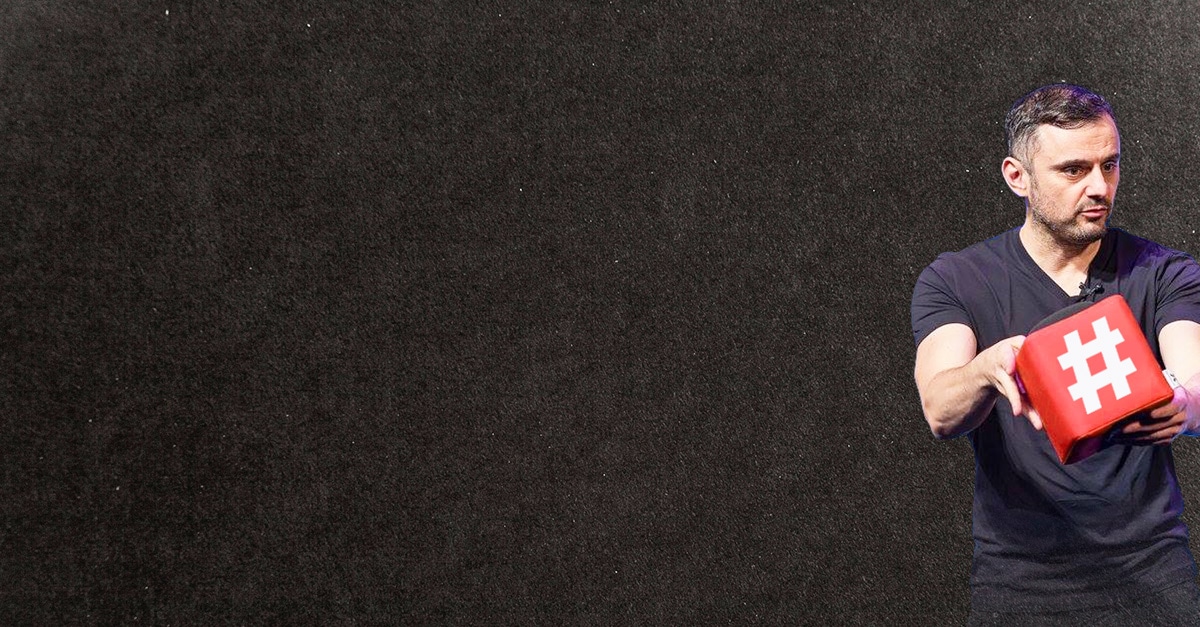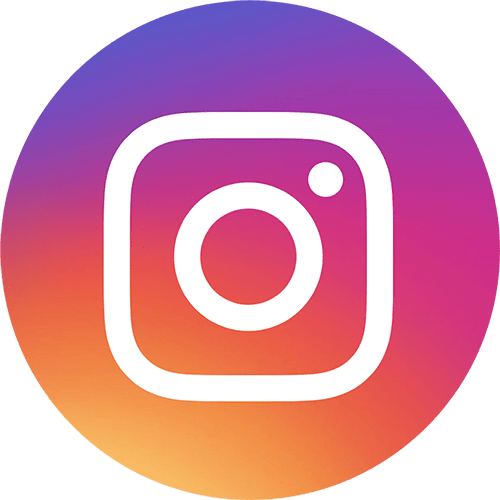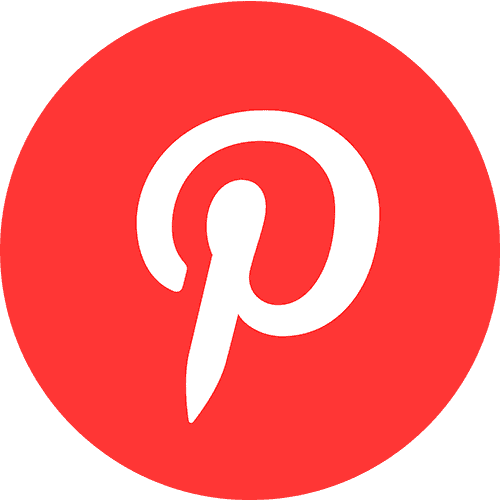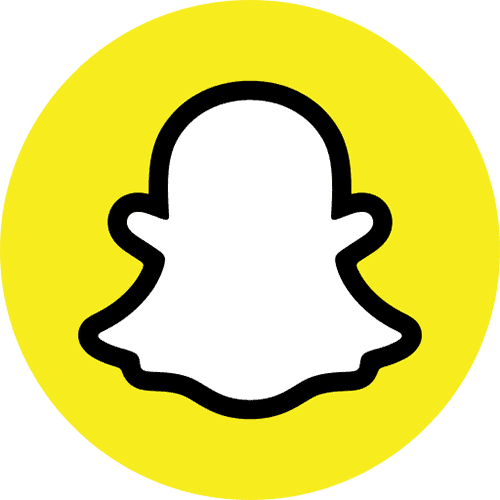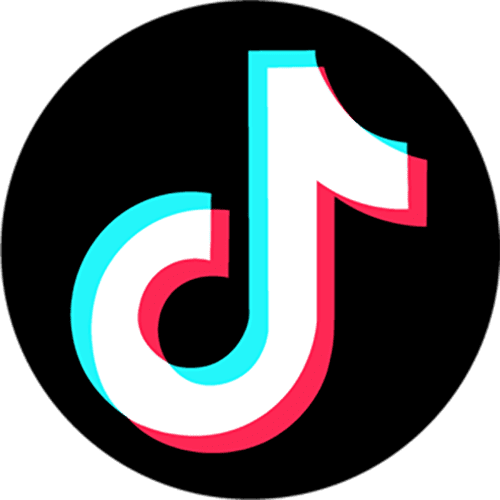People often forget that the first word in social media is “social”. I see so many people look for quick hacks or bots or gimmicks to build their social media presence, with no respect for the actual human on the other side of the screen. Success on social media is predicated on building relationships with others, which requires being social, interacting, listening and joining conversation.
With that, let’s talk about hashtags. So we’re all on the same page, a hashtag is the pound symbol on your keyboard. It looks like this #. Everyone who’s around my age would remember it used to mean, “number””, but times have changed. In 2007, a wonderful guy named Chris Messina realized it might be a good idea to use the # sign to group related tweets together. The rest is history.
They’re important because if you use them correctly, they could really grow your business.
The Purpose of Hashtags
Hashtags can be used to grow your business and community with people who like and believe the same things you do. Here’s how that can work: when my former personal trainer, Jordan, wanted to focus on building his Instagram, I told him to post more and use hashtags. In less than eight weeks, he had over 3,000 new followers. And the key is not even the followers, what I’ve been most impressed with is just the engagement level; the way they care about him. He’s built a community.
Forget about the top line amounts. Some people have 10,000 more followers but only 187 care about them. Of his 3,000 new followers, it feels like 2,000 care about him–and that’s big.
It’s so crazy how very basic my advice is, but it’s not so easy to implement.
The same way that staying in good shape is not easy…it’s easier to not eat well and not work out. Now, are you going to really attack content, produce it, and engage with it, or are you going to be like most people when they engage with content and use hashtags and make it about, “me, me, me?”
It’s important to remember that hashtag culture is underrated and no one can actually “own” a hashtag. When you pick a hashtag anybody in the world can jump into it and change that conversation. If you were to Google it, we could find a hundred mishaps with brands like McDonald’s, Skittles, or Entenmann’s. Instead of trying to establish your own hashtag, look at the hashtags that are trending and try to figure out how to use them in your own piece of content or storytelling. Use three or four hashtags that are riding the wave of attention.
Hashtag Basics
Following hashtags, understanding why hashtags work, is one of the greatest post-creative strategies of all time (if you don’t understand what that is, I talk about post-creative strategy here).
Hashtags are a currency of understanding the pulse of relevance in culture and is one of the great things to understand in society, period.
In order to use a hashtag, you first have to type the # symbol and what community/topic you’d like to find, without leaving a space between the two. So, if you type #Fridaythoughts on Twitter’s search engine, you’ll find everyone who’s tweeting about what they think about Friday. Don’t put a punctuation mark, symbol, or space in between the # and the first word, or no one will be able to find it.
Fun Fact: the first hashtag ever was written by Chris Messina and was #barcamp, and used to find people who had attended that conference. Since then, hashtags have been used on all social media platforms including Instagram, TikTok, and LinkedIn.

Twitter, the birthplace of the hashtag, compiles lists of the 30 most popular hashtags, and updates this list constantly. There’s an overall list, aka what’s found in the “Trending” tab, then there’s the “For You” list. That list is based on your location, your interests, and who you follow. Twitter is a good place to start if you’re getting familiar with hashtags, but it isn’t the only neighborhood you should get to know.
How Hashtags Work on Twitter, Facebook, and Instagram
There isn’t much variation in the functionality of a hashtag on Twitter, Facebook, or Instagram. Across all platforms, hashtags pretty much function in the same way.
What’s different is, because Twitter is so writing heavy, it’s easy to find people talking about basketball without having to type #ilovebasketball in the search bar. You can just search “basketball” and people who like that sport, and are tweeting about it, will show up. Now, it’s different if you’re looking for a specific event or topic. For example, the Toranto Raptors used the hashtag #wethenorth, so anyone searching for that hashtag would come up with Toranto Raptors content specifically.
Instagram is a little different. If your caption is, “I love traveling so much, I can’t wait to vist____ again” not many people will see that if they don’t already follow you. You have to include #travel or #balilife if you want people to find you.
Facebook, TikTok, and LinkedIn are like a combination of those systems. You use a hashtag to help people find your content, because if you don’t it would be really hard for people to find you. Sure, maybe if your Facebook or LinkedIn post had “marketing” in the copy, it might show up in search. But, putting #marketing at the end really lets the algorithm, and the audience, know that your post is about marketing and they should pay attention.
How to Find Relevant Hashtags
There are so many ways to find relevant hashtags to use for your content. There’s Google Trends, Pinterest Trends, Moz, Twitter, and a bunch more. If you do some “keyword research”, you will know exactly what your community or your audience finds interesting. When I was building Wine Library, I would literally research hashtags for 8 or 9 hours a day. That kind of effort pays off.
Think of a hashtag like a neighborhood. They’re a great way to find someone or something and engage with them. I call that leaving your two cents. Do that 90 times a day, you’re gonna drop $1.80 a day. Think about it, two cents at a time, nine top posts times 10 different hashtags every day, and that will massively build up your audience. And that’s your $1.80 strategy.
When you’re looking at hashtags you never know who you’ll find. You could find somebody’s account, let’s say a sous chef in Kansas City, that has 813 followers. If you see that person loves Italian or Mediterain cooking, figure out how you can add value to their brand. Are you a small retailer or conissor? Engage with that person and see if they’re interested in a collaboration. You could say, “Look, I’m importing amazing olive oil and I’d like to send you a bottle to try it out and if you enjoy it, would mean a lot if you could post about it.” That’s how you begin to build your community/your reputation–that’s how your brand grows.
Remember, patience matters. You may only get 1 reply out of the 100s of posts or replies that you create. Just know that one is greater than zero–that one conversation may lead to the valuable insights you want. I was willing to put in the work and take advantage of the fact that since I had put in the work with a particular community, I had permission to jump into every pertinent conversation I saw, in order to further my name and brand. If you take anything from this section, remember that this game is about patience and adding value. Make it about them!
Hashtag Examples & Creative Uses
I’ve mentioned the Raptors social campaign, but that’s just the beginning.
This one by Planters really shows what I mean. Notice how there are no “new” hashtags, they’re not trying to dominate the conversation. Rather, they’re talking about something that’s contextual (Valentine’s Day) and making a popular hashtag (Crunchtime) their own.
Takeaways
Here are three simple rules to follow when you’re using hashtags to grow your business. These rules apply regardless of the platform.
- Your account needs to be public–if it isn’t, users can’t find your content.
- Ride the wave of what’s currently trending, don’t try to make your own hashtag.
- Don’t include too many hashtags in one post, or users/your community/your target audience will assume your content is spam.
So, that’s an overview of what hashtags are and how to use them to grow your business. If you liked this article, be sure to share it on your favorite platform!

